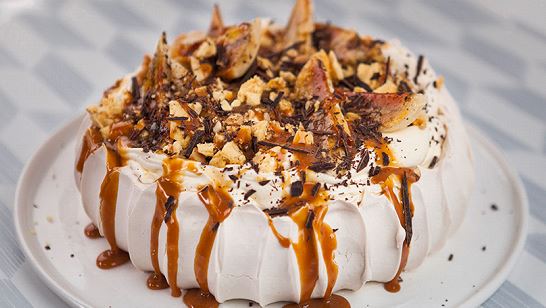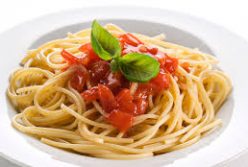
In the past decade meringues went form slightly naff to frothy, it once was a dessert that was most associated with chic accessories that were edible. Yotam Ottolenghi made it a towering success, his creations were so impressive that these perfect meringues halted pedestrians, while it created traffic jams. Very soon his meringues became the most popular dessert made from beaten to form stiff peak egg whites and sugar. Although, try and copy his art and you’ll be surprised how anything that requires just two ingredients can be this complicated.
There is no arguing when it comes to the fact that meringues are quite tricky to make, although they could be really easy once you throw out all the past rules and stick to the tips and techniques used to ensure the whites of the eggs are beaten to perfection. Learn the golden rules and you’d be showing off your skill in no time.
Know Your Stabilisers
The first rule and probably the shiniest of the golden rules is that the only way to guarantee the success of your meringues are to make sure that every piece of equipment used is super clean and completely free of grease.
Tip by Marcus Wareing: To eliminate every single last speck of fat from the bowl, rub the mixer and bowl with half a lemon before beginning. The saddest of all failures is a baking failure so maybe you want to memorise this tip.
Tip by Larousse Gastronomique: Chefs employ several techniques to increase or improve their chances of achieving perfectly stable foam. The most used tip is to add a little acid, these can include a hint of lemon juice, vinegar or cream of tartar, this should be added after the sugar. This is a great way to achieve a crisp on the outer side, while the inside remains sticky and soft.
Meringue – Cream of Tarter
Marcus Wareing recipe is simply outstanding and uses the following:
Whites only of 3 x large eggs – whisked in a food mixer until soft peaks form
200g caster sugar – add spoonsful’s between the soft to stiff peak stage of the egg whites
Finish these off with only a pinch of cream of tartar, spoon onto baking trays that are lined and get them into a 100C oven for an hour and a half. The meringues made by adding cream of tartar offers a stiffer peak and once cooked these are crunchier.
Meringue – Sugar
The usual option is caster sugar for meringues, the finer grains dissolve easier, although BBC Food magazine took all of this a bit further and adds half icing and half caster sugar. The icing sugar is much finer, and the result is that the meringues are delightfully lighter and tastes like sherbet. Its brilliant in use for pavlova or as a treat on its own, while the use of golden caster sugar offers a caramelized flavour.
